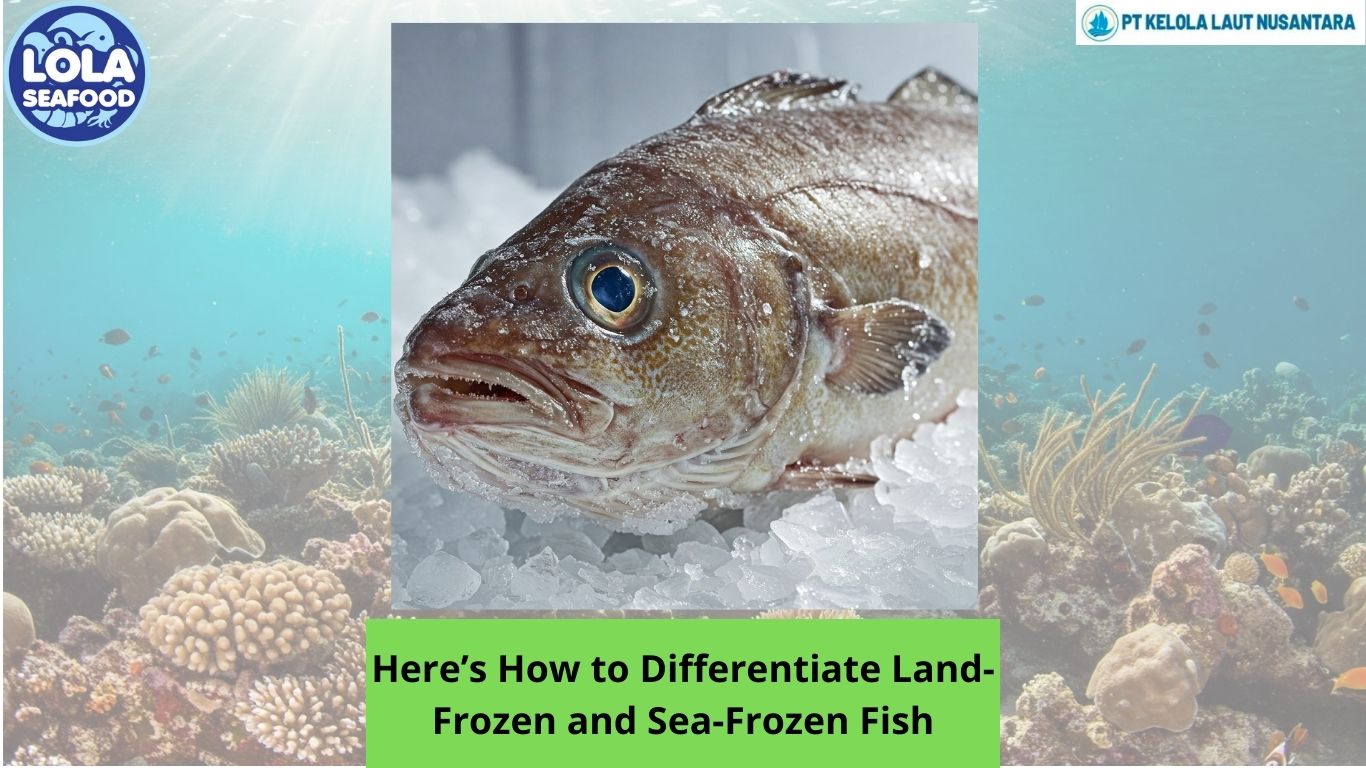The Resilience and Transformation of the Frozen Fish Industry Amidst COVID-19
By. Najih - 07 Jun 2024.jpg)
The outbreak of the COVID-19 pandemic has triggered a seismic shift in global markets, compelling industries to confront unforeseen challenges and adapt to rapidly evolving circumstances. Among the sectors significantly impacted is the frozen fish industry, which has grappled with disruptions across the supply chain, fluctuating demand patterns, and regulatory hurdles. However, amidst these challenges, businesses within the frozen fish sector have demonstrated remarkable resilience, leveraging innovation and strategic foresight to mitigate risks and seize new opportunities.
The onset of the pandemic precipitated disruptions throughout the frozen fish supply chain, from procurement to distribution. Border closures, transportation restrictions, and labor shortages impeded the flow of raw materials and finished products, exacerbating logistical challenges for industry players. Moreover, stringent health and safety protocols necessitated adaptations in production processes, leading to operational inefficiencies and increased costs. Despite these obstacles, companies swiftly implemented contingency plans and forged strategic partnerships to bolster supply chain resilience. Leveraging technology-enabled solutions such as remote monitoring and predictive analytics, businesses optimized inventory management and enhanced operational agility, enabling them to navigate supply chain disruptions more effectively.
The COVID-19 pandemic precipitated significant shifts in consumer behavior and preferences, profoundly impacting the frozen fish market. With lockdown measures prompting widespread closures of restaurants and foodservice establishments, demand for frozen seafood products experienced a notable decline. Conversely, there was a surge in retail sales as consumers increasingly turned to home cooking and sought convenient, long-lasting food options. Recognizing these shifting dynamics, industry players pivoted their marketing strategies and product offerings to cater to evolving consumer needs. From launching direct-to-consumer initiatives to expanding e-commerce channels, companies embraced digital transformation to reach customers in a socially distanced world. Moreover, heightened concerns regarding food safety and sustainability spurred greater demand for traceable and responsibly sourced seafood products, prompting industry-wide initiatives to enhance transparency and ethical sourcing practices.
In the face of unprecedented challenges, the frozen fish industry has demonstrated resilience and adaptability, harnessing innovation to navigate the complexities of the pandemic. Companies have embraced digitalization and automation to streamline operations and enhance productivity, leveraging robotics and AI-driven solutions to optimize processing and packaging processes. Furthermore, there has been a renewed focus on product innovation, with companies introducing value-added offerings such as pre-marinated seafood kits and eco-friendly packaging solutions to meet evolving consumer preferences. Additionally, strategic diversification and market expansion have emerged as key strategies for mitigating risk and capitalizing on emerging opportunities. By diversifying product portfolios and exploring new markets, frozen fish businesses have diversified revenue streams and reduced dependence on volatile market segments, thereby strengthening their resilience in the face of future disruptions.

.jpg)
.jpg)
.jpg)




